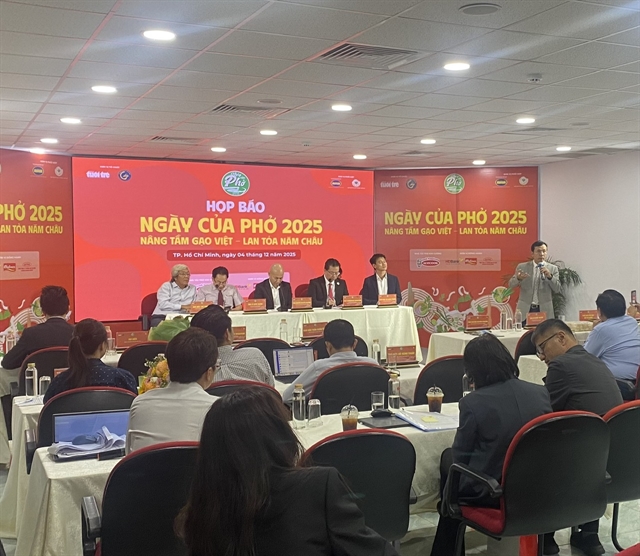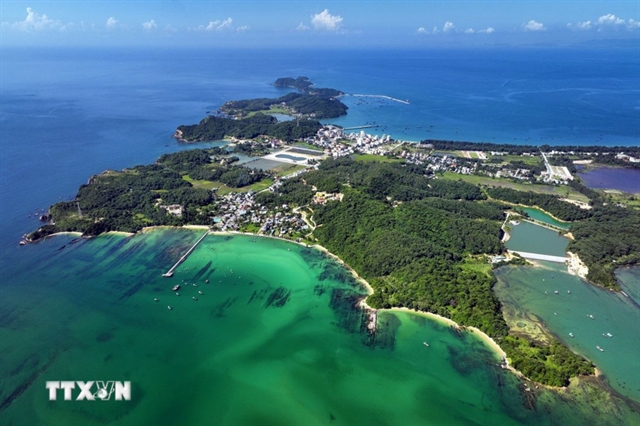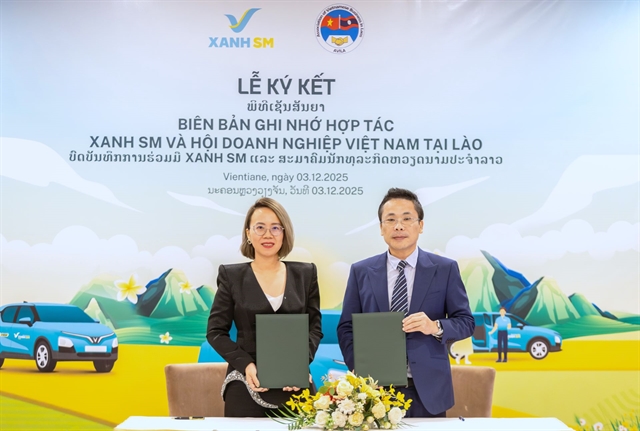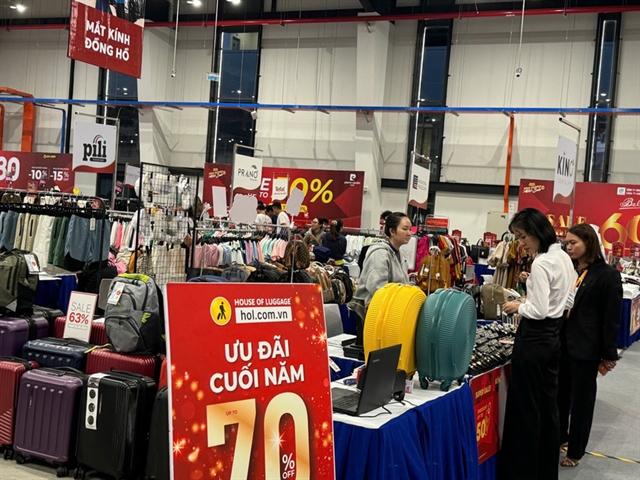 Economy
Economy

On February 21 Vĩnh Hòan Fisheries Joint Stock Company (VHC) became the third listed company to offer 100 per cent of its ownership to foreign investors after Government Decree 60/2015/ND-CP took effect.
 |
| Analysts said allowing increased foreign ownership is good for both companies and the market. — Illustrative image/ Photo vietstock.vn |
Compiled by Thiên Lý
On February 21 Vĩnh Hòan Fisheries Joint Stock Company (VHC) became the third listed company to offer 100 per cent of its ownership to foreign investors after Government Decree 60/2015/ND-CP took effect.
The decree, which took effect in September, allows unlimited foreign investment in public companies that are not in certain sectors and in Government and corporate bonds.
The sectors where caps still exist are meant to remain under Government control to safeguard national security and social safety and order.
Sài Gòn Securities Inc (SSI) was the first to announce it was open to full foreign acquisition in 2015. Everpia Viet Nam JSC (EVE) did the same on February 3 this year and saw its foreign ownership quickly rise to 58 per cent from 49 per cent.
After its annual general meeting at the beginning of this month, Hòang Huy Investment and Services JSC (HHS) was preparing to enable 100 per cent foreign ownership.
At the same time Việt Nam Dairy Products Joint Stock Companym or Vinamilk, consulted with shareholders about selling off seven subsidiaries to make itself more attractive to foreign investors.
Allowing 100 per cent foreign investment is expected to be a hot trend in 2016.
Market observers said the prices of companies enlarging foreign ownership such as EVE, VHC, BIC, and MBB increased sharply after their decision to open up.
The day after EVE decided to open up to foreign investors (Feb 3), its shares became red hot. The price rose by 32 per cent to VNĐ34,400 ($1.5) as foreign ownership climbed from 49 per cent to 58 per cent.
On February 22, after fisheries company VHC announced foreign investors can own 100 per cent, its share price grew 0.9 per cent to VND34,200 at the HCM Stock Exchange.
On February 2 BIC’s foreign ownership zoomed from 21.5 per cent to 49 per cent and its share hit the ceiling rate of VNĐ18,000.
But some companies remain reluctant to hike their foreign ownership ratio since they are afraid of being categorized as a foreign company.
A company in which foreigners own 51 per cent or more must be listed as a foreign-owned business, and it should abide by a slew of regulations besides suffering from some limitations.
However, a spokesman for the State Securities Commission said the SSC would issue a circular eliminating all such obstacles, including the need to describe themselves as foreign-owned.
Analysts said allowing increased foreign ownership is good for both companies and the market.
It will help expand the market and improve liquidity, thus encouraging further foreign investment.
Companies can mobilise funds easier, while their shares will become more liquid.
They will also benefit from foreign investors’ expertise, experience and resources.
Banks in race to hike deposit interest rates
The list of banks taking part in the race to raise deposit rates continues to lengthen, and this has taken the interest rate on long-term deposits to 8.4 per cent.
Joining small banks in the race now are not just small lenders but big lenders and even State-owned behemoths.
But the increase in interest rates is still confined to medium- and long-term deposits.
State-owned Bank for Investment and Development of Việt Nam (BIDV) adjusted its interest rates twice between February 22 and March 2, and the rate on deposits of 13-18 months went up from 6.1 per cent to 6.5 per cent. For 24 to 36 months it went up from 6.3 per cent to 6.8 per cent.
Smaller banks like Eximbank, SeABank and OCB have already raised their rates on long-term deposits to 8 per cent.
VietABank offers 8.38 per cent on deposits of VNĐ100 million or more for 13 months and above.
By early March even the most conservative banks had joined the race to hike rates.
State-owned Vietcombank, which did not join the rush to hike rates last time, has increased interest rates now, but only on short-term deposits unlike the others.
Its rates for deposits of one to three months are up by 0.3-0.5 per cent.
But, significantly, Vietcombank’s rates remain lower than the central bank’s cap of 5.5 per cent.
Analysts attribute the hikes to factors like the need for long- and medium-term funds to grow credit this year.
Many experts had anticipated the issue and warned there would be demand for long- and medium-term funding after they saw the economy clearly recover and the Government sign a series of bilateral and multilateral trade agreements, which is likely to increase businesses’ demand for funds.
Another reason is that 80-90 per cent of deposits now are short-term while demand for long- and medium-term loans is growing rapidly.
The State Bank of Việt Nam (SBV)’s HCM City branch reported that last year the ratio between short-term and long- and medium-term loans was 44:56 per cent. It is normally 50:50.
In this scenario, the SBV’s amendments to Circular 36/2014/TT-NHNN reducing the ratio of short-term deposits that can be used for medium- and long-term loans from the current 60 per cent to 40 per cent has caused deposit interest rates to rise.
Besides, the risk weightage for loans to the real estate sector will be raised to 250 per cent from the current 150 per cent.
As a result, banks have been forced to hike interest rates on long-term deposits so that they have enough funds to provide long- and medium-term loans.
An SBV spokesman said that in recent months credit demand has shot up, especially before and after the New Year in early February, and the trend is likely to continue.
But it should not be too worrying since interest rates remain acceptable at 4.5-5.4 per cent for deposits of up to six months, and 5.5-7 per cent for longer terms.
However, the fact shows that the hikes have not benefited either depositors or borrowers.
Bảo Việt Securities Joint Stock Company said the high interest rates apply only for deposits with long terms and large size (equivalent to billions of dong or more) while the overwhelming proportion of depositors park small amounts for short periods.
However, the deposit interest rate hikes are likely to cause an increase in lending interest rates, creating pressure on both corporate and retail borrowers.
Thanks to the restructuring of the banking system, lending rates have come down by half since late 2012 to 9-11 per cent for ordinary loans and 6.5 per cent for priority loans.
But deposit mobilisation has picked up with the interest rate hikes, creating the possibility of a surge in lending interest rates.
Interest rates on consumer loans have started to go up, meaning rates on other loans too may soon rise. — VNS




